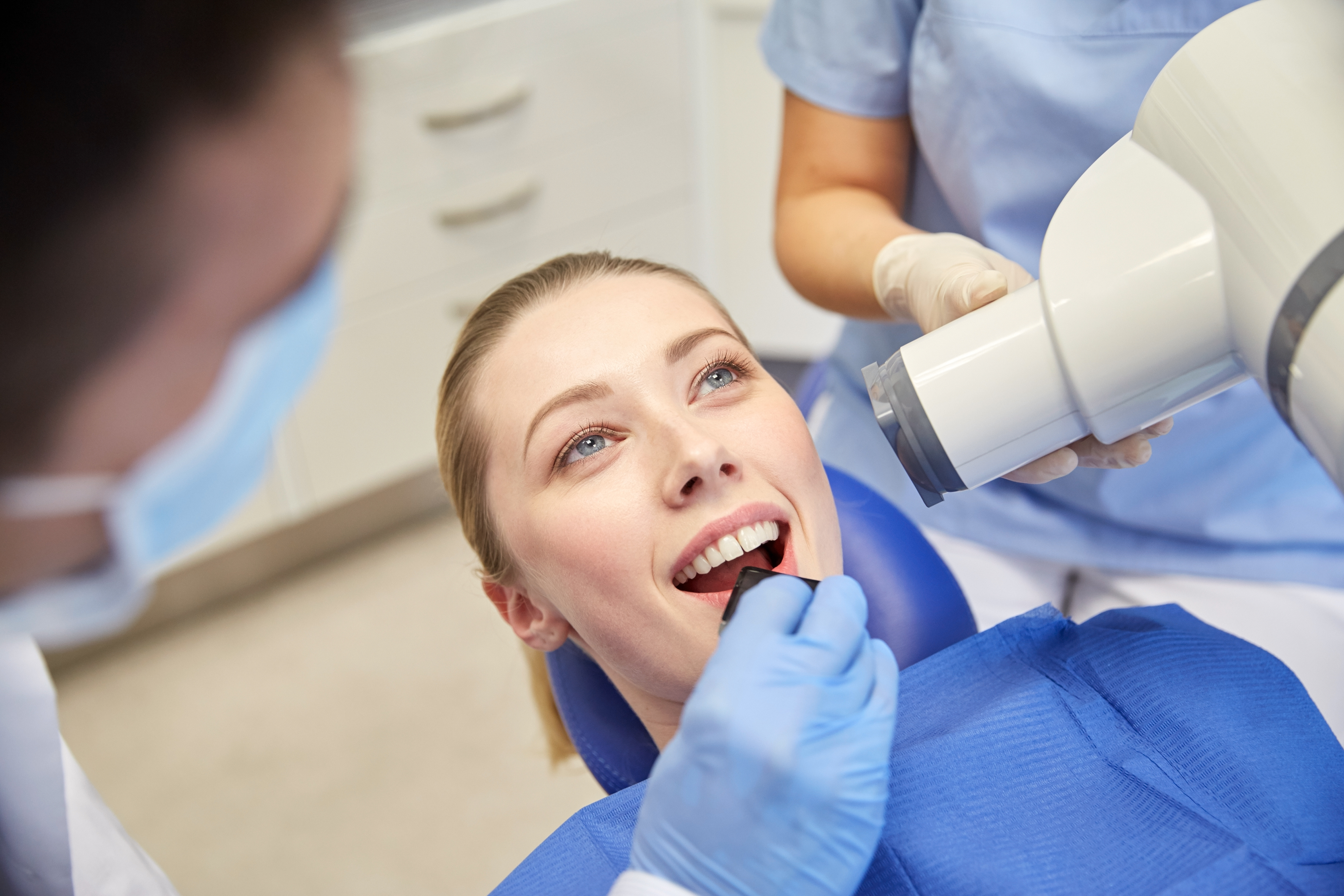Date
Dental X-rays, also known as radiographs, are images of your teeth. The images produced provide a picture of the internal structures of your teeth and surrounding gum tissues. Dental X-rays play a significant role in general dentistry and have made it easier for dentists to identify and treat a wide range of dental problems.
Why Are Dental X-Rays Necessary
It is possible for your dentist to spot and diagnose certain dental conditions during a routine physical exam. Issues such as receding gums, large cavities or loose teeth are usually evident without the assistance of X-ray images.
However, many oral diseases —including cavities, gum disease, impacted teeth, tumors and other infections aren’t always easily detected in their initial stages. X-rays allow dentists to uncover even the slightest traces of oral health problems. Finding these issues early is critical to starting a treatment plan to prevent the problem from getting worse.
Are There Different Types of Dental X-Rays?
Two common types of dental X-rays are bitewings and panoramic X-rays. Bitewings produce detailed images that can help your dentist identify decay between teeth that would be hard to see during a visual exam. The name comes from the wing-shaped film that patients bite down on while the X-ray is taken. These types of X-rays can be taken while in the dental chair.
A panoramic X-ray produces a single, comprehensive image of the entire mouth, including the upper and lower jaws, all the teeth, and the sinuses. This makes it possible for your dentist to detect problems such as impacted teeth, infections, fractures, tumors and bone abnormalities. Your dentist may also take a panoramic X-ray to plan treatment for braces or implants. Unlike bitewing X-rays, panoramic X-rays are taken from outside the mouth using a large machine.
Are Dental X-Rays Safe?
Yes, dental X-rays are safe, quick and take only a few minutes to complete. While the machines used for dental X-rays do emit radiation, the amount of exposure is extremely small.
Here are a few examples of radiation levels compared to dental radiographs:
- 440 microsieverts from a mammogram
- 120 microsieverts from a chest x-ray
- 25 microsieverts from a five-hour airline flight
- 4 microsieverts from a single digital intraoral image
To eliminate the risk of radiation exposure, dentists provide patients with a lead apron to cover the vulnerable parts of the body.
How Often Should I Get Dental X-Rays?
How often a patient receives dental X-rays depends on many factors, including age, oral health status and medical history. For example, if you are prone to cavities, your dentist may recommend annual X-rays to identify vulnerable areas in the teeth and treat them before the decay progresses. Children and teens may also need X-rays more frequently, as their teeth are still developing and growing rapidly.
Bottom line: X-rays are an essential part of dental care that help with diagnostics and preventive care for your teeth. Many oral issues can be prevented and treated early on thanks to X-ray technology!
Whether you’re looking for a new dentist or you’re due for your next check-up, McLean DDS is here to take care of all your dental needs, including dental X-rays. Call (703) 734-2750 today to schedule your next visit.


 703-734-2750
703-734-2750






